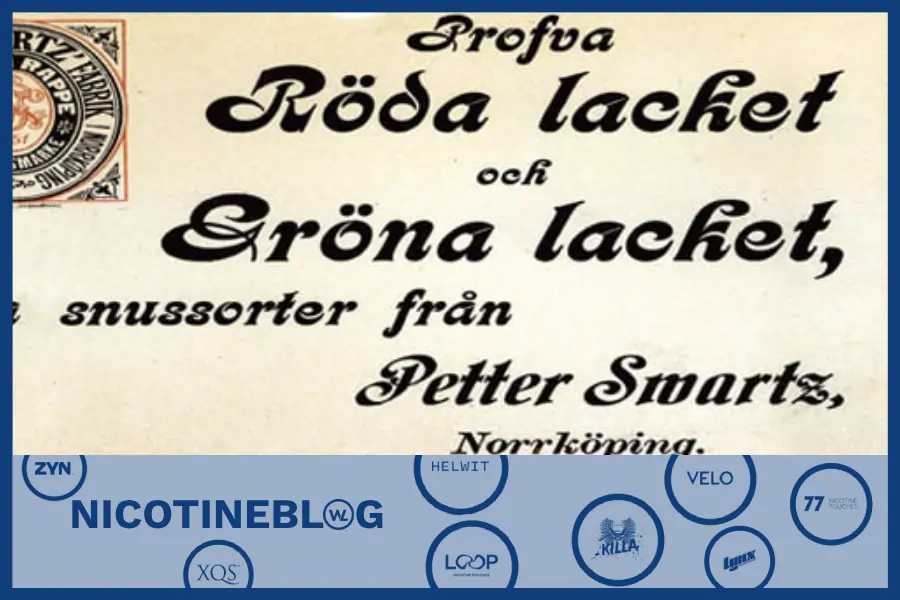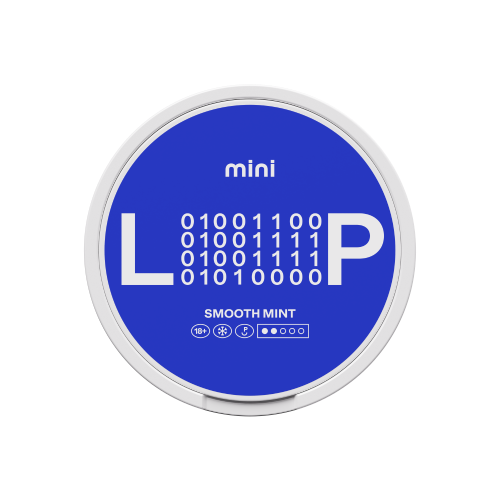
The history of snus & nicotine pouches - from the 18th century
The history of snus & nicotine pouches:
The origin of snus can be traced back to the 18th century in Sweden, when someone came up with the idea of mixing tobacco leaves with salt and water, and then placing it under the lip. The journey of this simple recipe takes us from the West Indies to the French court and spreads like a trend across Europe. Here is an overview of the history of snus from the 15th century to the present day.
1400-1500:
Early history On Hispaniola, now Haiti, Europeans first encountered tobacco in 1492 when Columbus and his men landed. They were given dry tobacco leaves which were considered valuable by the natives. The monk Ramon Pane later observed snuff-like use during Columbus’ second voyage, where Indian priests used a tube to draw powder up their noses. Although the powder was probably not entirely made of tobacco, snuff became important when it was introduced in Europe.
Jean Nicot French Ambassador to Lisbon:
Jean Nicot, played an important role in the development of snus. In the 1560s, he came into contact with the tobacco plant in Lisbon and brought some plants to Paris. Nicot recommended crumbling tobacco leaves and drawing the powder up the nose to the French Queen Catherine de Medici, who suffered from chronic headaches. This miracle cure made snuff popular in French court circles.
1600-1700:
Introduction in Sweden Snus quickly spread throughout the rest of Europe, and it is first mentioned in Sweden in 1637 when it was brought in from Porvoo, Finland. In the 18th century, snuff became a necessary accessory among the aristocracy, and small, elegant boxes became popular gifts.
Breakthrough of the snuff industry During the 18th century, the Swedish tobacco industry flourished, with farms in Skåne, Gränna and Alingsås. Snuff became a must for the ladies and gentlemen of the aristocracy. Ljunglöfs Ettan became a prominent snus brand and is still one of Sweden’s largest.
1800:
Changing snus habits In the 19th century, snus habits changed in Sweden and people started to place a pouch under their lips. Manufacturers began producing different varieties of moist snus, and famous brands such as Röda Lacket and Generalsnus were established.
Monopolies and changes In the early 20th century, a tobacco monopoly was introduced in Sweden to finance defense and the pension reform. Snus use increased dramatically, but in the 20th century the popularity of snus declined in favor of cigarettes, especially after World War II.
1970 to today:
Resurgence and success In the late 1960s, the popularity of snus increased again as the health risks of cigarette smoke were recognized. In the 1970s, portioned snus was introduced, which was crucial to reach a wider audience. Since then, sales of snus have increased steadily.











